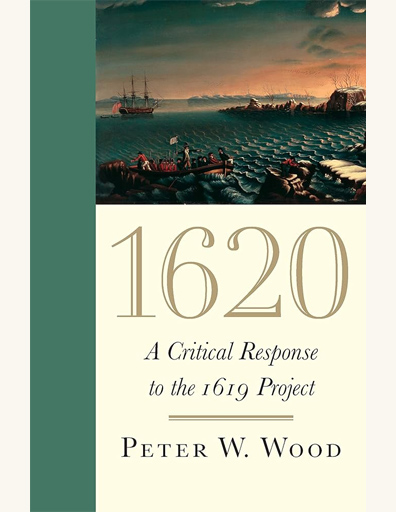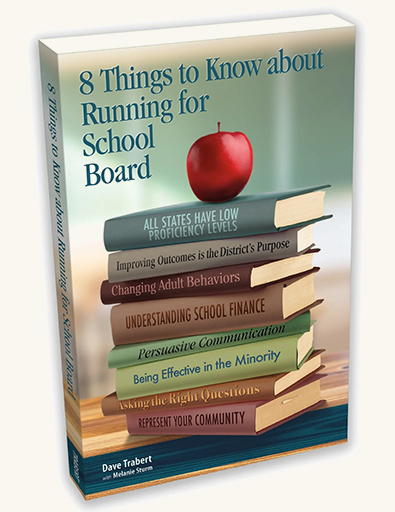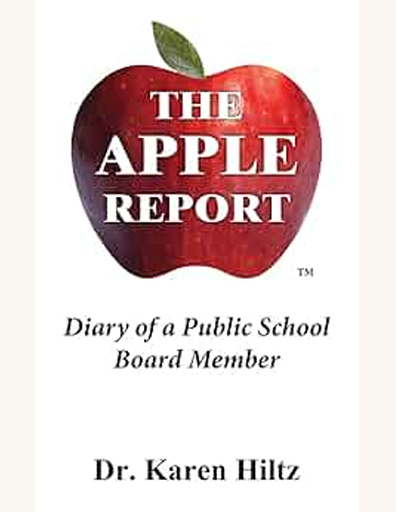Resource Library
The NSBC has created a professional development library starting with the comprehensive manual focused on governance principles such as limited government, accountability, transparency, and the responsibilities associated with board duties. This thorough manual is designed to complement the 43-week on-demand professional development program. Beyond the primary instructional content, the manual will include an extensive appendix featuring glossaries and essential terms pertinent to members and candidates. This valuable resource aims to deepen understanding and promote effective communication and can be accessed below.
Professional Development Manual
This book is an essential resource for current school board members and candidates, especially with the campaign season underway in many states. “School Board Leadership: The Right Way” helps readers navigate the challenges of governance, accountability, and responsibilities in today’s complex educational landscape.
Unlike many resources authored by consultants or academics, this book draws on the experiences and perspectives of school board members, presenting over 40 years of collective wisdom. It integrates insights from both new and veteran members, offering a comprehensive view of key issues and vital questions for informed decision-making.
Whether you are satisfied with current practices or frustrated by ineffective leadership, this book encourages you to examine the policies governing your district’s operations critically. It establishes a solid foundation for effective leadership by addressing state statutes, governance structures, and your responsibilities, empowering you to lead with confidence and integrity.
Please contact Best In Ed’s communications team at Press@BestInEd.org for bulk orders.
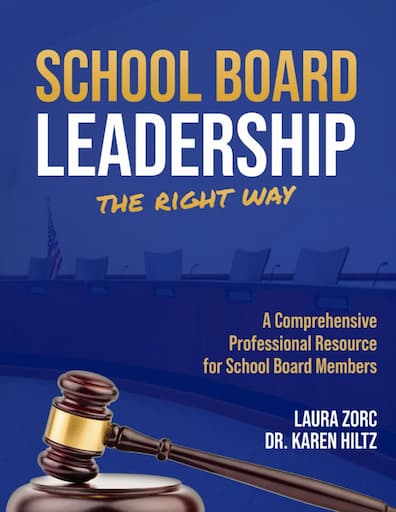
School Board Governance
Robert’s Rules of Order Newly Revised in Brief, 3rd edition
A short, user-friendly guide to the essential procedures of conducting a meeting, written by the authors of Robert’s Rules of Order Newly Revised, the only authorized edition of the classic work on parliamentary procedure.
Originally published in 1876, Robert’s Rules of Order is the definitive book on parliamentary proceedings, yet those not well versed on what has now become a rather thick document can find themselves lost. The solution? Robert’s Rules of Order Newly Revised in Brief.
Written by the same authorship team behind the officially sanctioned Robert’s Rules of Order, this edition takes readers through the rules most often needed at meetings—from debates to amendments to nominations. With sample dialogues and a guide to using the complete edition, Robert’s Rules of Order Newly Revised in Brief is the essential handbook for meetings proceedings.
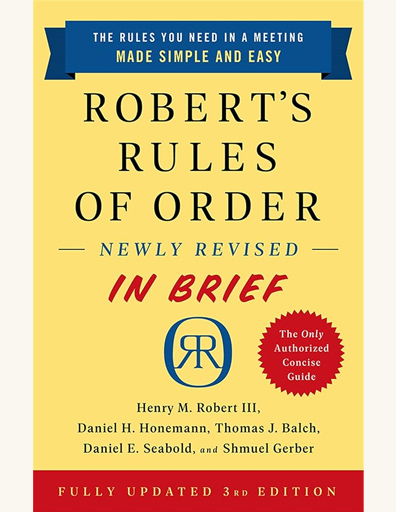
Budgeting and Finance
School District Budgeting Textbook by William T Hartman
A unique resource for both academics and practitioners, School District Budgeting provides a comprehensive look at the resource allocation process, from developing planning guidelines to reporting the results of financial operations. An all-inclusive guide, the book provides theoretical and practical treatments of the entire budget process.
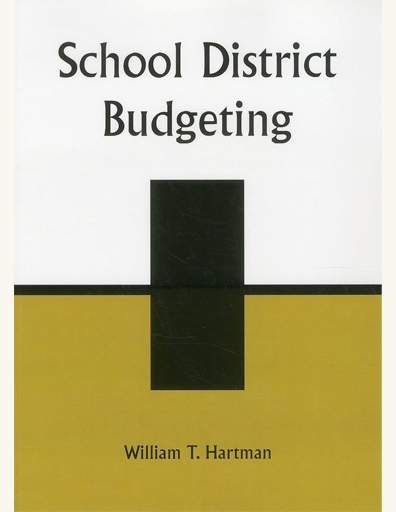
American Public School Finance Textbook by William A Owings
School principals, superintendents, and other administrative personnel must have a solid understanding of the general finance and appropriation structure of federal, state, and local government as well as the ability to formulate and manage school budgets. With the guidance of this new text, educational leadership candidates preparing for such roles will learn the realities of school finance policy, issues, and applications. By providing critical analysis and by including unique chapters on misconceptions about school finance, demographic issues, spending, and student achievement, and future trends, authors William Owings and Leslie Kaplan exceed the coverage of these topics as found in other texts.
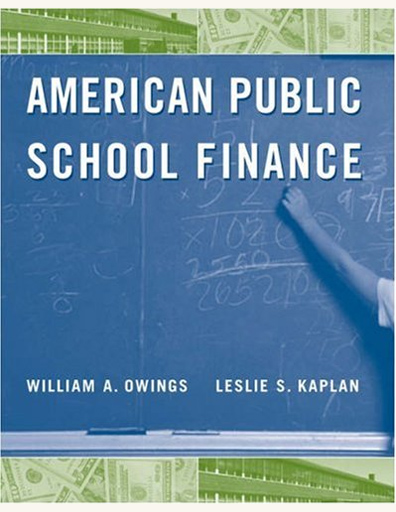
Fraud and Procurement
Belmont: The Billion Dollar High School by Don Mullinax
This book has it all – fraud, waste, corruption, politics, and greed. It is an outsider’s inside true story about how a group of educators tried to build a public high school in downtown Los Angeles. Inspector General Don Mullinax, with the help of Leslie Dutton and TJ Johnston of Full Disclosure Network, exposes how a school district mired in favoritism, cronyism, and self-dealing put greed and politics ahead of the safety and educational interests of children. This book puts a spotlight on problems from 20 years ago that still exist today in most school systems across the country. It is a must-read for citizens, parents, and school officials who do not want to make the same mistakes as those who came before them. The Los Angeles Unified School District had not built a high school in over 30 years. So why would a former playground supervisor be put in charge of building the most complex and politically charged school ever? This eye-opening book takes you behind the scenes of how outsider Mullinax was hired, assembled his investigative “dream team,” and dealt with the challenges of uncovering what went wrong with building the nation’s most expensive high school – the Belmont Learning Complex. Mullinax exposes how a public-school system selected the highest bidder and signed an agreement to build a high school at a guaranteed maximum price of $110 million. However, the cost skyrocketed to almost $1 billion. How could that happen? This book reveals how Mullinax and his team of former FBI special agents, forensic accountants, and environmental attorneys found that every time the LAUSD had an opportunity to make the right call, they failed. Mullinax also offers 10 key takeaways from his Belmont experience to help school systems follow the right path to building and renovating school facilities.
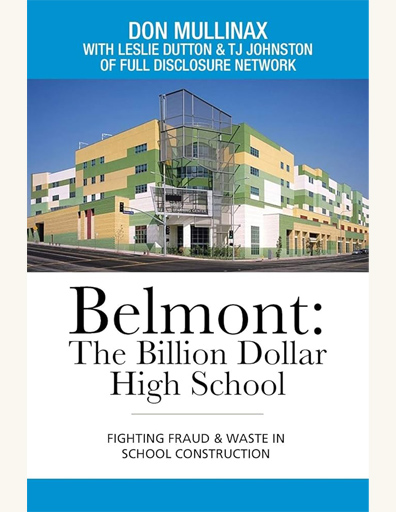
Mental Health & School Safety
Why Meadow Died by Andrew Pollack and Max Eden
The Parkland school shooting was the most avoidable mass murder in American history. And the policies that made it inevitable are being forced into public schools across America.
“After my sister Meadow was murdered at Marjory Stoneman Douglas High School, the media obsessed for months about the type of rifle the killer used. It was all clickbait and politics, not answers or justice. That wasn’t good enough for us. My dad is a real tough guy, but Meadow had him wrapped around her little finger. He would do anything she wanted, and she would want him to find every answer so that this never happens again.
My dad teamed up with one of America’s leading education experts to launch his own investigation. We found the answers to the questions the media refused to ask. Questions about school safety that go far beyond the national gun debate. And the answers to those questions matter for parents, teachers, and schoolchildren nationwide.
If one single adult in the Broward County school district had made one responsible decision about the Parkland shooter, then my sister would still be alive. But every bad decision they made makes total sense once you understand the district’s politically correct policies, which started here in Broward and have spread to thousands of schools across America.”
—Hunter Pollack, “Foreword”
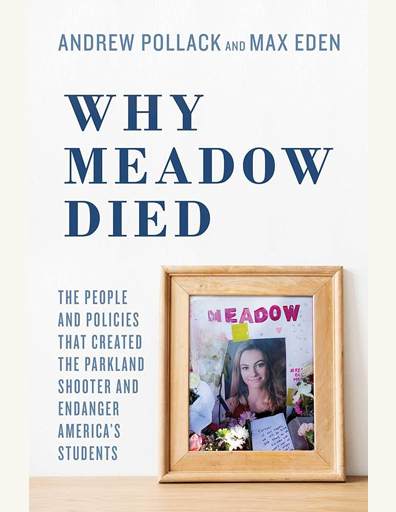
The Anxious Generation by Jonathan Haidt
After more than a decade of stability or improvement, the mental health of adolescents plunged in the early 2010s. Rates of depression, anxiety, self-harm, and suicide rose sharply, more than doubling on many measures. Why? In The Anxious Generation, social psychologist Jonathan Haidt lays out the facts about the epidemic of teen mental illness that hit many countries at the same time. He then investigates the nature of childhood, including why children need play and independent exploration to mature into competent, thriving adults. Haidt shows how the “play-based childhood” began to decline in the 1980s, and how it was finally wiped out by the arrival of the “phone-based childhood” in the early 2010s. He presents more than a dozen mechanisms by which this “great rewiring of childhood” has interfered with children’s social and neurological development, covering everything from sleep deprivation to attention fragmentation, addiction, loneliness, social contagion, social comparison, and perfectionism. He explains why social media damages girls more than boys and why boys have been withdrawing from the real world into the virtual world, with disastrous consequences for themselves, their families, and their societies.
Most importantly, Haidt issues a clear call to action. He diagnoses the “collective action problems” that trap us, and then proposes four simple rules that might set us free. He describes steps that parents, teachers, schools, tech companies, and governments can take to end the epidemic of mental illness and restore a more humane childhood.
Haidt has spent his career speaking truth backed by data in the most difficult landscapes–communities polarized by politics and religion, campuses battling culture wars, and now the public health emergency faced by Gen Z. We cannot afford to ignore his findings about protecting our children–and ourselves–from the psychological damage of a phone-based life.
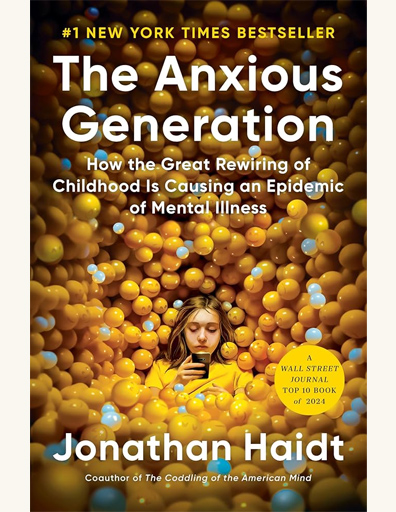
Social Justice
Social Justice Education in America by David Randall
In the last twenty years a body of “social justice educators” has come to power in American higher education. These professors and administrators are transforming higher education into advocacy for progressive politics. They also work to reserve higher education jobs for social justice advocates and to train more social justice advocates for careers in nonprofit organizations, K-12 education, and social work. Social Justice Education in America draws upon a close examination of 60 colleges and universities to show how social justice educators have taken over higher education. The report includes recommendations on how to prevent colleges and universities from substituting activism for learning.
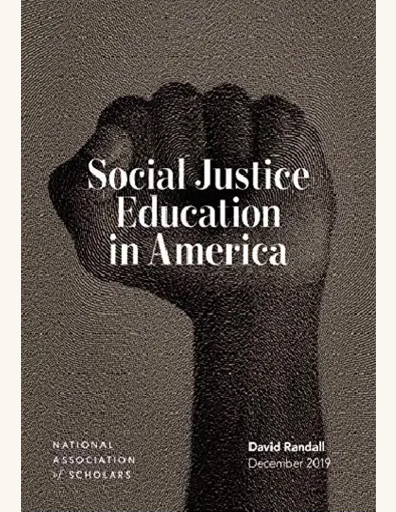
Social Justice Fallacies by Thomas Sowell
The quest for social justice is a powerful crusade of our time, with an appeal to many different people, for many different reasons. But those who use the same words do not always present the same meanings. Clarifying those meanings is the first step toward finding out what we agree on and disagree on. From there, it is largely a question of what the facts are. Social Justice Fallacies reveals how many things that are thought to be true simply cannot stand up to documented facts, which are often the opposite of what is widely believed.
However attractive the social justice vision, the crucial question is whether the social justice agenda will get us to the fulfillment of that vision. History shows that the social justice agenda has often led in the opposite direction, sometimes with catastrophic consequences.
More things are involved besides simple mistakes. All human beings are fallible, and social justice advocates may not necessarily make any more mistakes than others. But crusaders with an utter certainty about their mission are often undeterred by obstacles, evidence or even fatal dangers. That is where much of the Western world is today. The question is whether we will continue on heedlessly, past the point of no return.
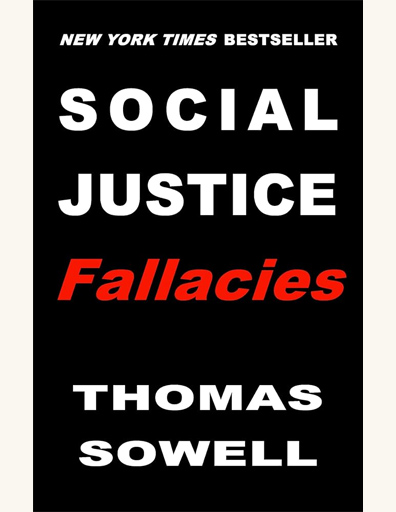
1620: A Critical Response to the 1619 Project by Peter W. Wood
When and where was America founded? Was it in Virginia in 1619, when a pirate ship landed a group of captive Africans at Jamestown? So asserted the New York Times in August 2019 when it announced its 1619 Project. The Times set out to transform history by tracing American institutions, culture, and prosperity to that pirate ship and the exploitation of African Americans that followed. A controversy erupted, with historians pushing back against what they say is a false narrative conjured out of racial grievance.
This book sums up the critics’ comments and argues that the proper starting point for the American story is 1620, with the signing of the Mayflower Compact aboard ship before the Pilgrims set foot in the Massachusetts wilderness. A nation as complex as ours, of course, has many starting points, most notably the Declaration of Independence in 1776. But the quintessential ideas of American self-government and ordered liberty grew from the deliberate actions of the Mayflower immigrants in 1620.
Schools across the country have already adopted the Times’ radical revision of history as part of their curricula. The stakes are high. Should children be taught that our nation is a four-hundred-year-old system of racist oppression? Or should they learn that what has always made America exceptional is our pursuit of liberty and justice for all?
